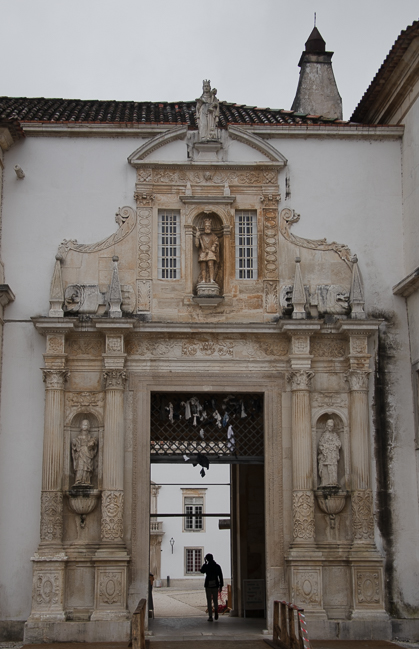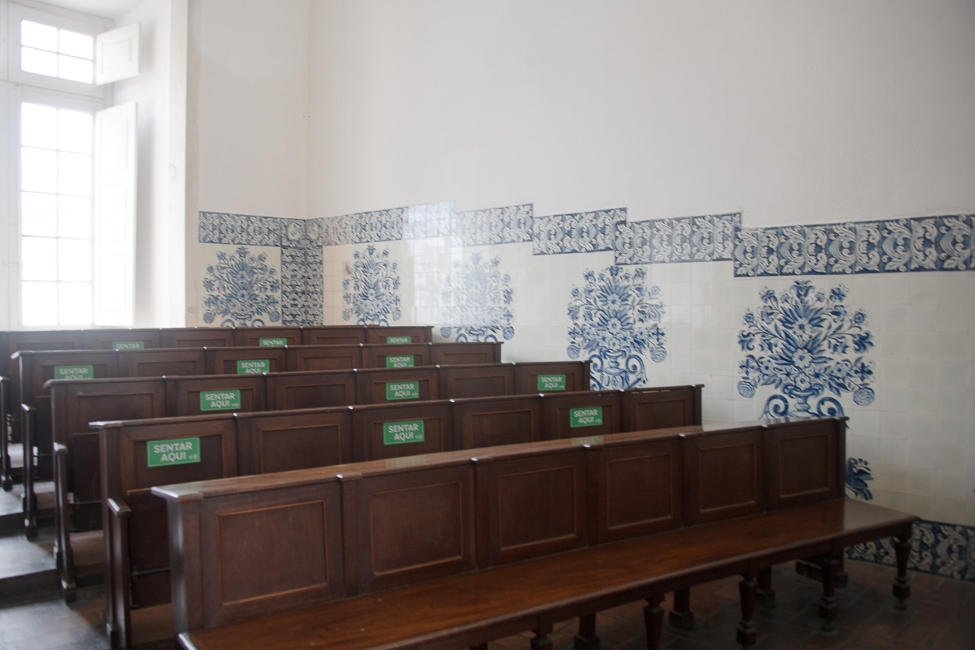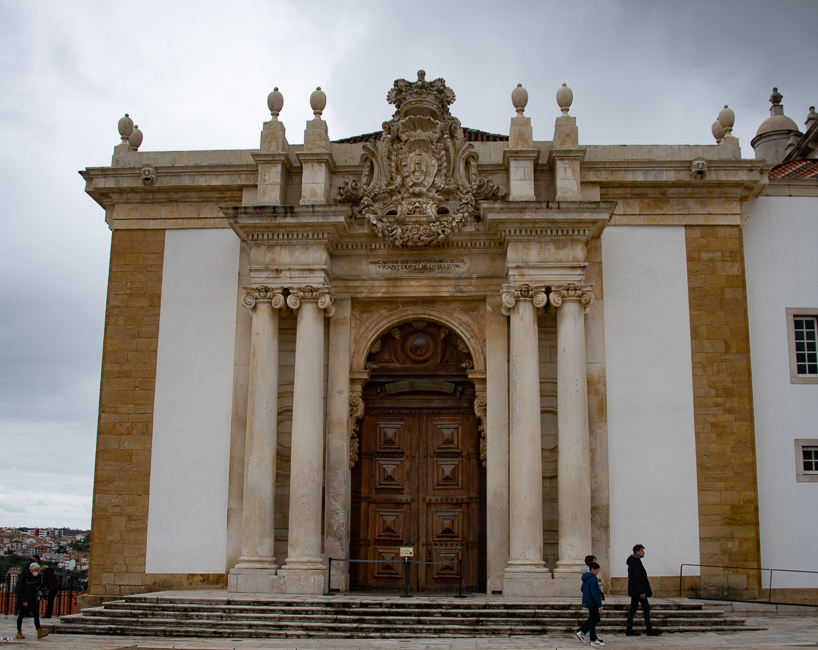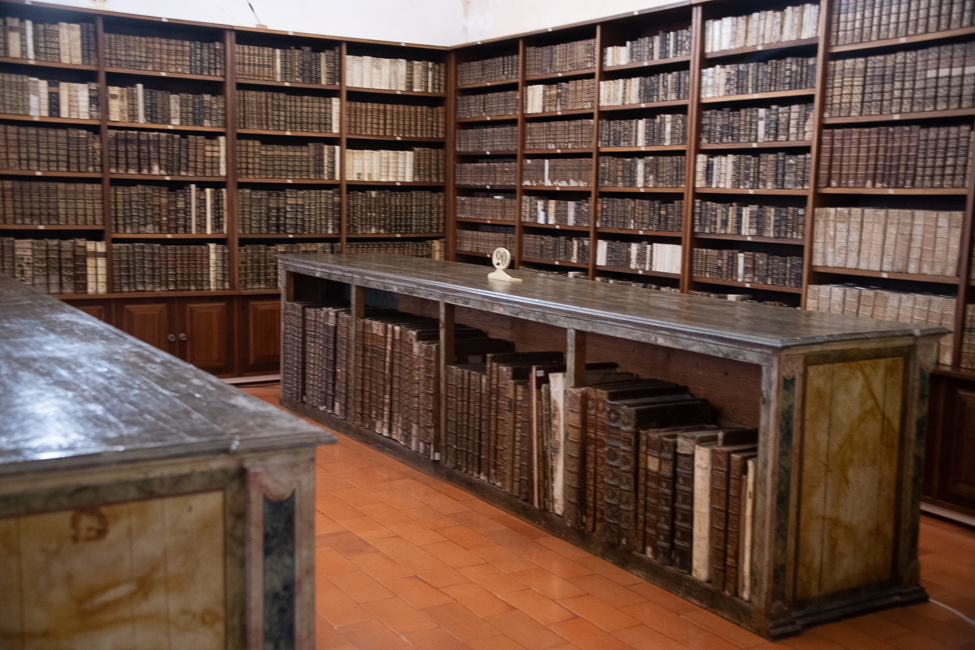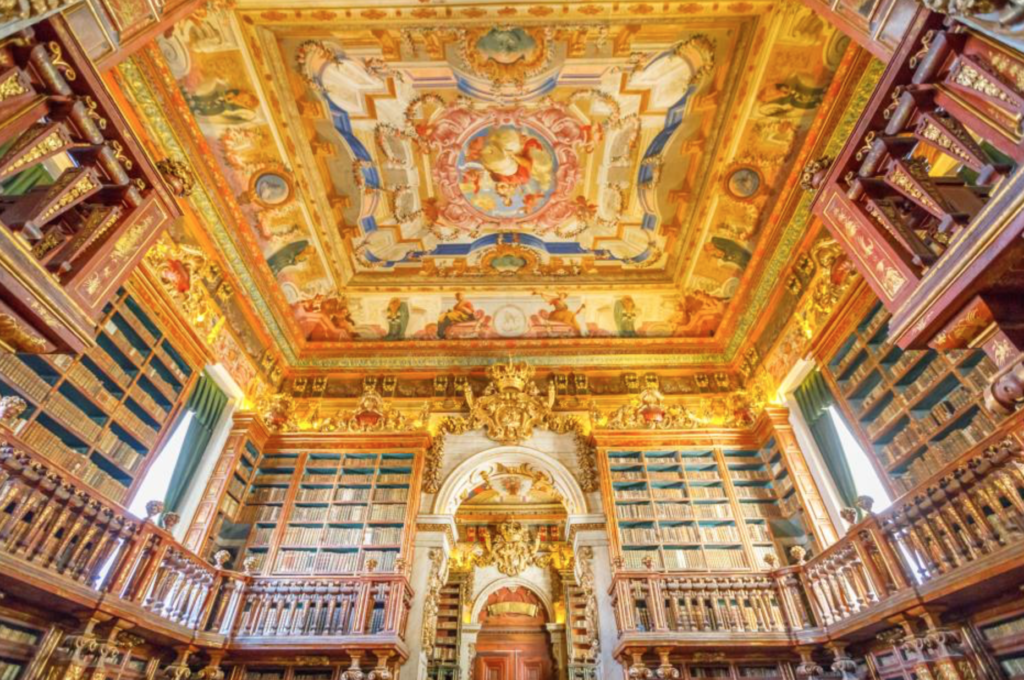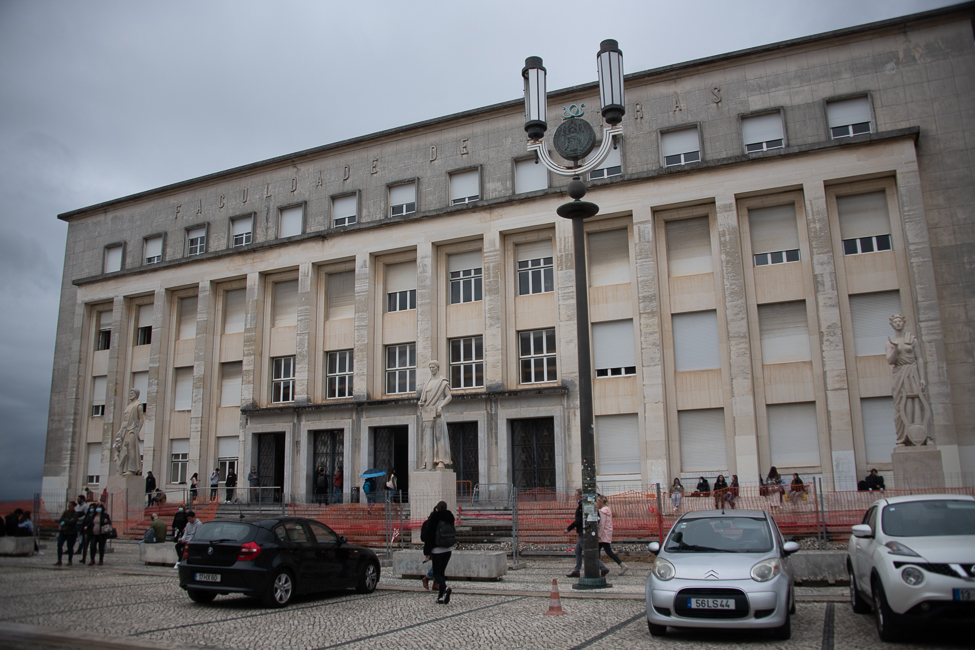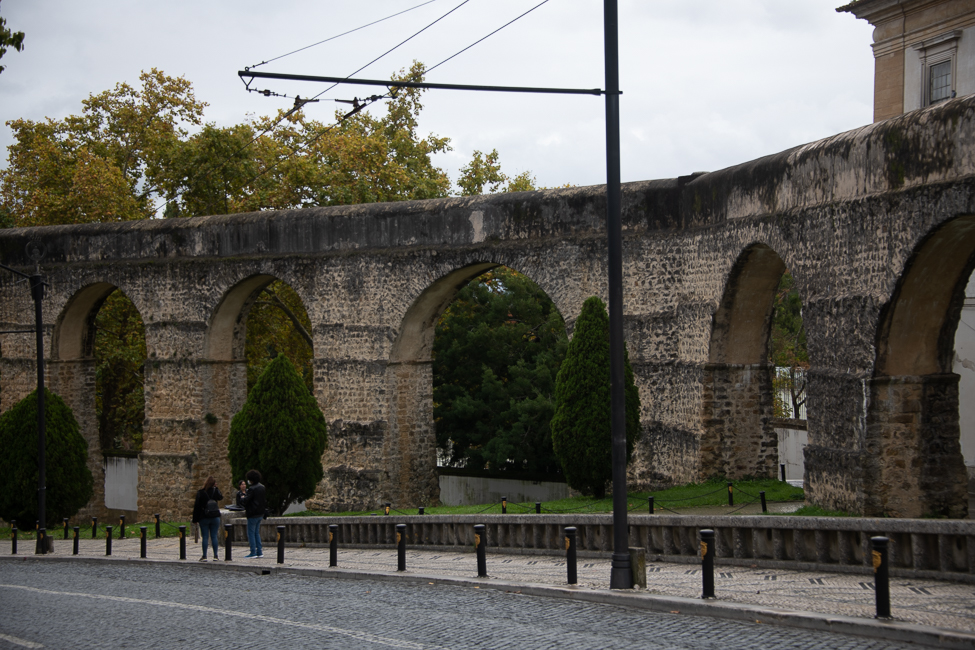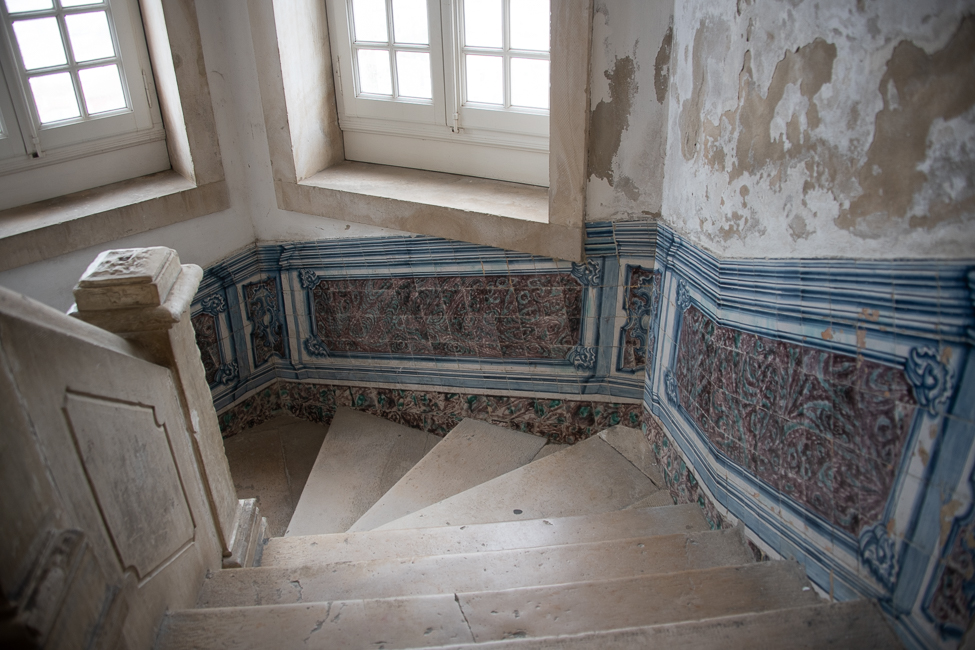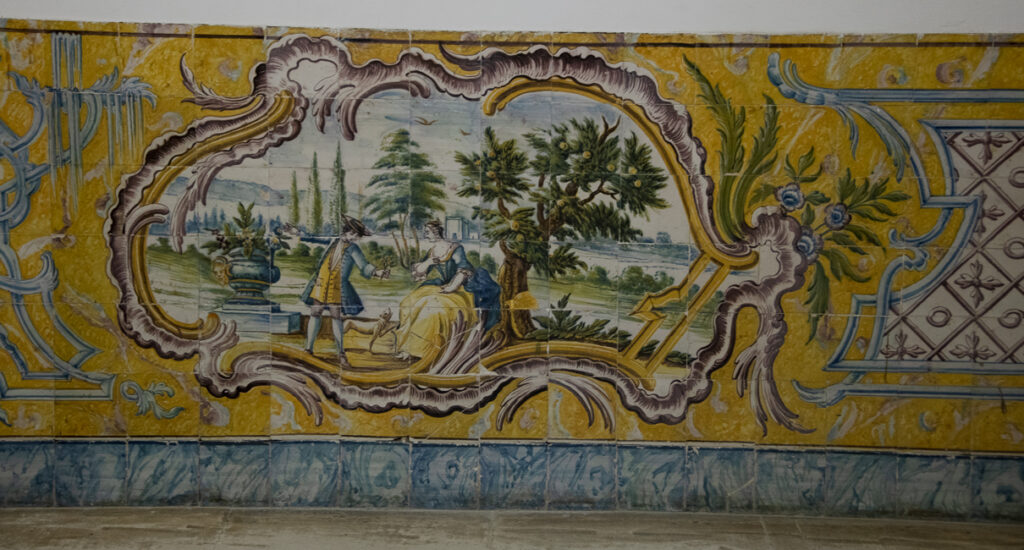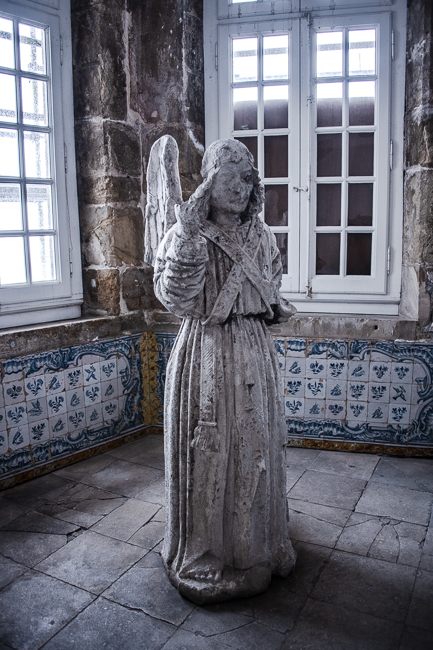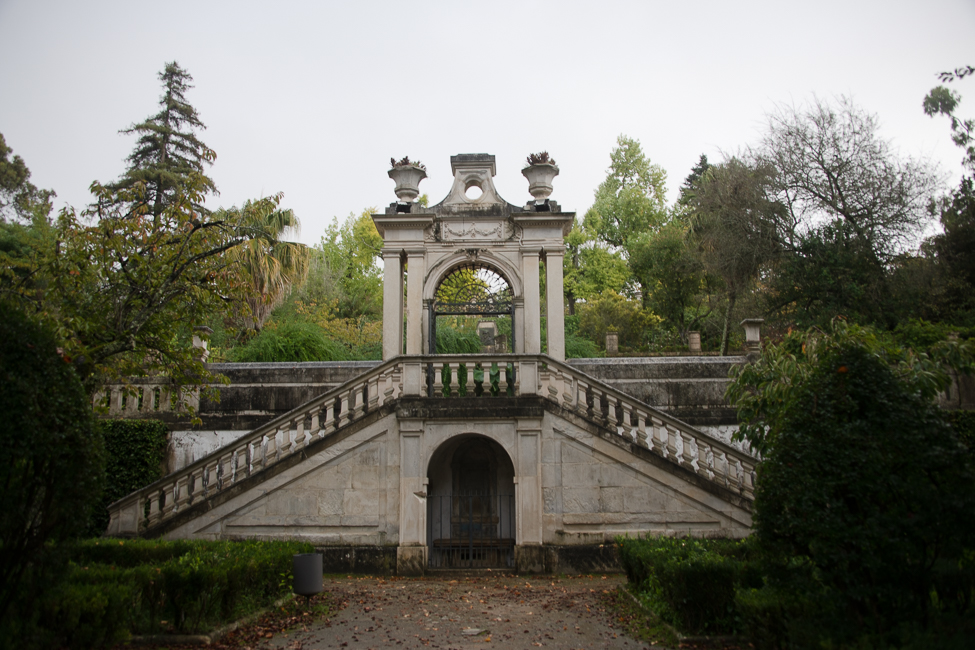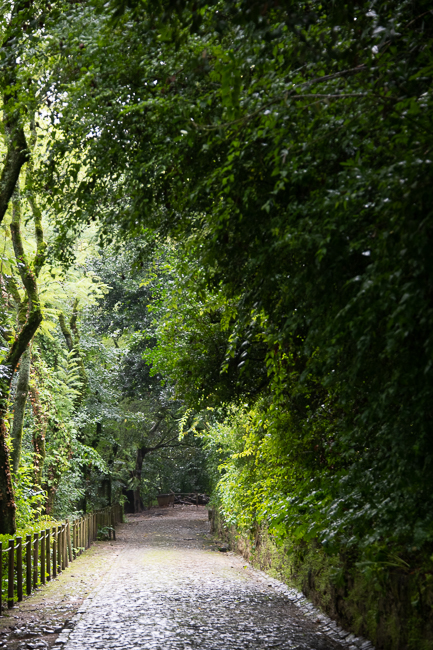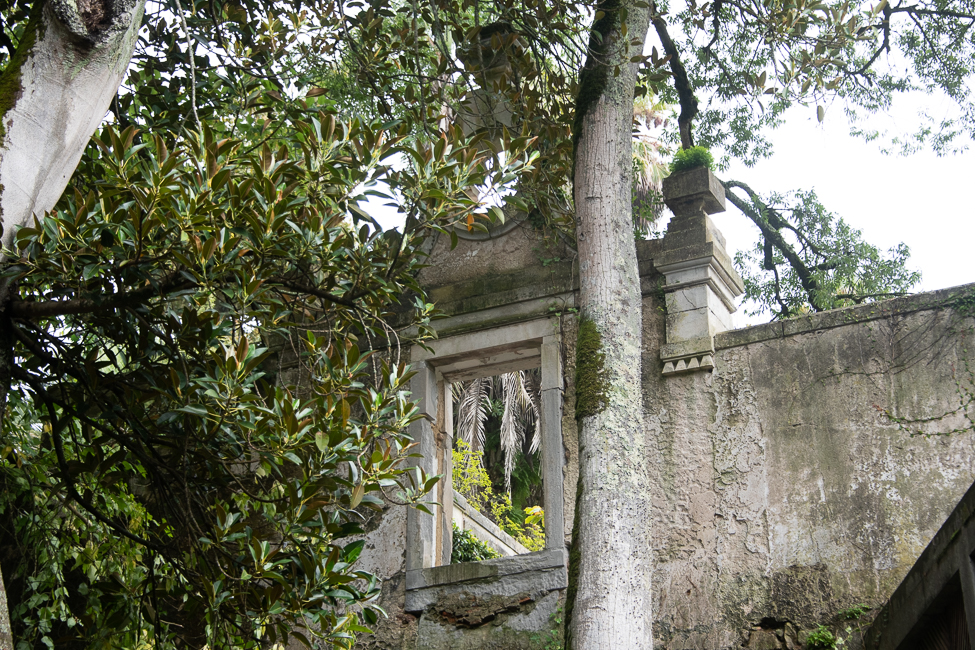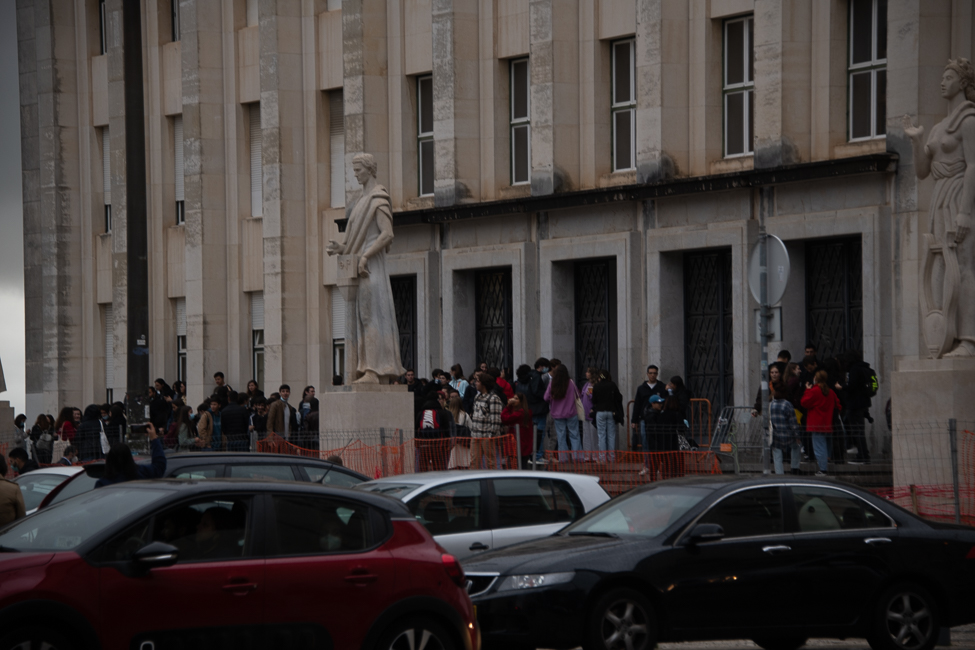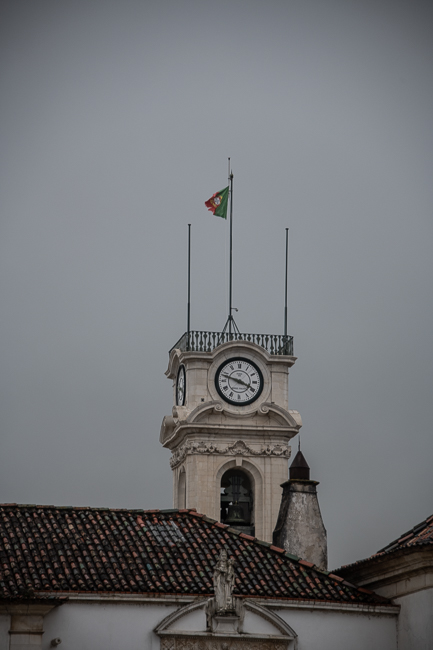November 2021
Coimbra is a lovely town, and like every University town, it is multifaceted. The university was first established in Lisbon in 1290, it went through a number of relocations until moving permanently to Coimbra in 1537 by the order of King John III. The University was expanded in 1544 by occupying the Coimbra Royal Palace.
I am here because it is a UNESCO World Heritage Site.
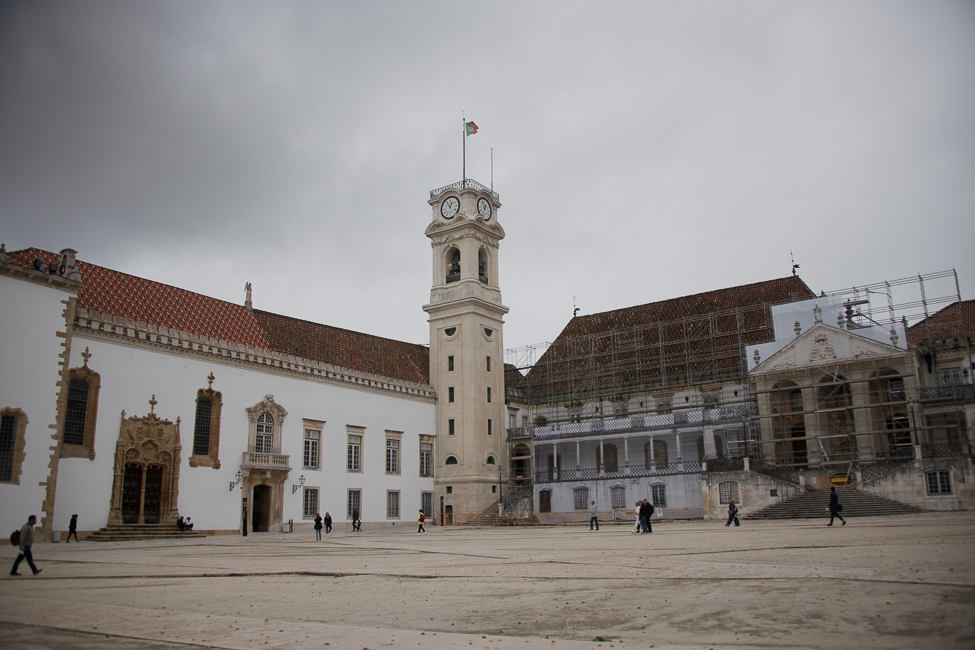
Paço das Escolas This was once the Royal Palace of Alcáçova, a residential fortress built on top of the hill . From 1131 King Afonso Henriques chose it as his place of residence making it the country’s first royal palace.
Paço das Escolas is the historic heart of the university, where traditional academic ceremonies are still held. The main ceremonial hall is the Sala dos Capelos (named after the academic cape awarded to graduating doctorate students).
The biggest reason for me to visit the University was the Library. The library is housed in the Casa da Livraria (House of the Library), it received its first books in 1750, its construction was completed between 1717 and 1728. You are required to be on a timed entry, and are shown into the first floor, which once was a prison. You climb up to the next floor which houses a collection of books and serves a a museum.
What you have truly come for is, what by now is the third floor, but is actually the ground floor, is the main portion of the library. There no pictures are allowed.
I never violate the no photography edict, but many do, so this photo is from someone who did.
The library is made completely of wood, with the exception of the marble floor. This is to control humidity. The books, once most likely had an arrangement to suit a librarian, today they are organized by size, getting smaller as you go up.
Despite the well varnished public relations photos, Coimbra is no different than any university town in the world. The university is why the town is so famous, it is essentially the center of town, but it that isn’t the whole picture.
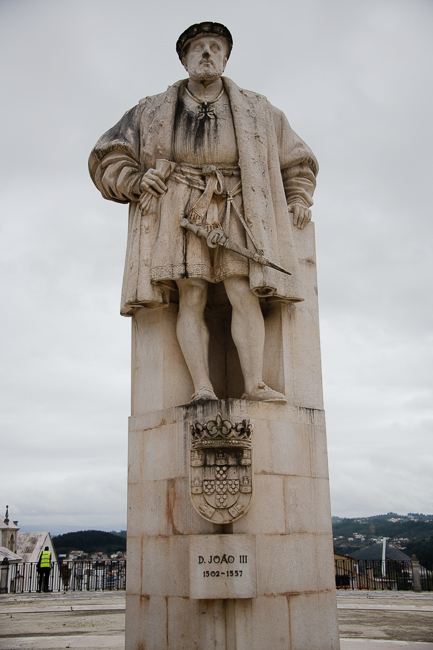
A statue of King João III, who based the University permanently in Coimbra sits in the center of the square at the top of the hill
Coimbra is a town on a hill The university sits on the top, and the city falls down to the river. Once you have ogled the buildings in the castle you are in the functional part of the University, primarily built in the 1950s with ugly concrete square box buildings. Albeit, ornamented with brutalist sculptures. Wikipedia puts it politely: Coimbra offers an outstanding example of an integrated university city with a specific urban typology.
Coimbra was originally a Roman City. Parts of both the ancient wall and the aqueduct still exist.
One can tour the Palace, but on my visit much of Paço das Escolas was draped in scaffolding for what was quite obviously highly needed restoration. So the palace tour was a bit of a disappointment.
Azuelos abounded and many were truly lovely
What did not disappoint was the Botanical Garden.
The Botanical Garden was established in 1772, by the then prime-minister Sebastião José de Carvalho e Melo (Marquis of Pombal). The Garden covers a total area of more than 32 acres, most of which was donated by Benedict monks.
The Mondego River flows through Coimbra. It is the longest river that is completely in the country of Portugal.
Designed by António José Luís dos Reis the Rainha Santa Isabel Bridge is a cable-stayed bridge with semi-fan system completed in 2003 and opened in 2004.
At first I thought, that is a lot of the student body that has stepped out to smoke. I later learned that the students leave the classroom at the end of class and step outside while an entire cleaning crew goes through and wipes down the desks.
This 17th century tower holds the clock and bells that regulate student life. Built in 1537 when the university insisted that “there could be no order without a clock”.
Called The Goat by students it regulates the students lives. According an old praxe (academic tradition), “a student who is on the first year of university cannot be on the street after the bell tolls.”
I am sure you can tell by the dark skies, that the day was filled with rain. For this California girl it was a true pleasure to walk in. For most everyone else, they were hunkered down in hallways or under umbrellas.
